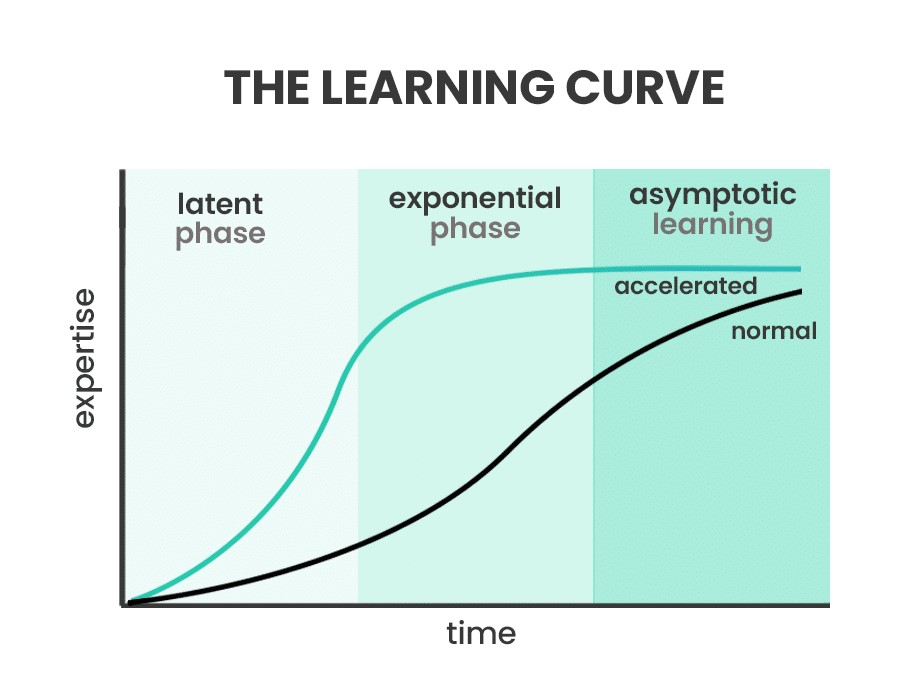Hi all,
Here is your ladder predictor for Round 20. I have added last nights result …..
Make the most out of your Weekly Stats Sheet – 2 tabs ……
Step 1: Ensure your vehicle is turned off
Before you disconnect your old battery, you will need to ensure your vehicle is turned off and in park mode.
All modern vehicles run electronic control modules to manage a host of engine, transmission, and vehicle functions. These functions rely on a continued supply of power and without this may erase critical management software or memory settings. To overcome this, you can purchase an Interim Power Supply from Repco such as the unit from Projecta below. This ensures these memory functions or important software maps are not erased.
Step 2: Locate and disconnect your old battery from your vehicle
Once you have your safety gear, you will need to locate your battery. Usually, the battery is under the bonnet however sometimes they can be located in other places like behind the seat or in the boot. If you are unsure where your battery is located, check your vehicle manual.
Once you have located your battery you will need to disconnect the terminal by using a ring spanner. Remove the Negative (-) terminal connector & cable first then proceed to remove the Positive (+) terminal connector & cable.
Tip:
It is always a good idea to mark the Positive (+) terminal cable with something before starting to disconnect as a lot of vehicles run the same colour cable (usually black) you do not want to confuse them. Take a picture on your phone before starting is good insurance.
Step 3: Remove clamp and battery from vehicle
Usually, a battery will be held down by a battery clamp which ensures the battery does not move around whilst you are driving around. You will need to remove this clamp to be able to get the battery. Once the battery clamp has been removed you will be able to remove the battery from vehicle however batteries are heavy to take car when removing the battery from your vehicle. When removing the battery ensure the battery is always upright and the terminals are facing upwards.
Step 4: Check you have purchased the right battery and inspect terminals
Put your old battery next to the new battery to ensure terminals are in the right spot and the physical size of the battery are the same. Some battery compartments are a tight squeeze, so it pays to check first.
It is also important to inspect the terminal connectors, hold down clamp and battery tray for corrosion or damage. Clean, fix or replace as required.
Using our CRC battery maintenance product this will help remove acid corrosion deposits, electrolytes, dirt, and moisture from battery surfaces. CRC’s battery terminal cleaner is used to neutralise battery acid and electrolytes to help eliminate energy loss and reduce voltage leakage by cleaning dirty connections.
Step 5: Installing the new battery
Put your old battery next to the new battery to ensure terminals are in the right spot and the physical size of the battery are the same. Some battery compartments are a tight squeeze, so it pays to check first.
This process is basically reverse of the removal process. Put the new battery in the tray so the terminals are in the same spot as the old one. Make sure when placing the new battery in that you keep it upright at all times ensuring that the terminals are facing upwards. Reattach the Positive (+) terminal connector & cable first then proceed to Reattach the Negative (-) terminal connector & cable. Once the terminals are connected, tighten them using a ring spanner, the terminals don’t need to be super tight they just need to be a firm fit so the terminals don’t fall off the post.
Reinstall the battery hold down clamp and tighten securely to ensure the battery will not move when driving your vehicle.
Once you have connected up the battery you can use our CRC battery terminal protector which provides a dry, lead-free protective coating that keeps moisture, salts, and road grime from corroding metal contacts. Which will maximise performance, provide long lasting protection and extends battery life.
Tip:
Both connectors should be firm so you cannot rotate them on the terminal posts with your hand. Do NOT overtighten them or use a tool to hammer them onto the terminal posts or damage will result. You can use a protectant on the terminal post and connectors during or after the installation process to help stop corrosion.





Pingback: Round 20 Stats and Live Ladder – Footy Tipper